LIN Yong, LIU Kai, ZHANG Wen, WANG Bo, WANG Shou-qiang, ZHU Zi-zheng, ZHAO Peng-quan. Transplant Experiments and Germplasm Conservation of Natural Cupressus chengiana in the Upper Reaches of the Dadu River[J]. Journal of Sichuan Forestry Science and Technology, 2019, 40(2): 94-98. doi: 10.16779/j.cnki.1003-5508.2019.02.021
| Citation:
|
LIN Yong, LIU Kai, ZHANG Wen, WANG Bo, WANG Shou-qiang, ZHU Zi-zheng, ZHAO Peng-quan. Transplant Experiments and Germplasm Conservation of Natural Cupressus chengiana in the Upper Reaches of the Dadu River[J]. Journal of Sichuan Forestry Science and Technology, 2019, 40(2): 94-98. doi: 10.16779/j.cnki.1003-5508.2019.02.021
|
Transplant Experiments and Germplasm Conservation of Natural Cupressus chengiana in the Upper Reaches of the Dadu River
More Information
-
Sichuan Forestry Survey and Planning Institute, Chengdu 624000, China;College of Forestry, Sichuan Agricultural University, Wenjiang 611130, China
- Received Date: 2018-12-24
-
-
Abstract
In order to find out the best way to preserve the genetic diversity of Cupressus chengiana, transplantation experiments were carried out together with reports on germplasm resource preservation methods in Maerkang city in two aspects. The first experiment was to study effects of different transplanting time, tree age and pruning ratio on the transplanting. A total of 216 individuals were transplanted and 8 survived, with a survival rate of 3.70%. It was concluded that factors might directly affect the transplantation survival rate, such as developed main roots, less fibrous roots, poor soil and high gravel content, direct injury of transplantation implementation and incomplete similarity of transplantation environment. 2) The second experiment was to compare methods of in-situ conservation, ex-situ transplantation, seed collection and seedling raising, and storage in germplasm resource bank. It should be protected by establishing seed orchards, collecting seeds, raising seedlings, storing in storage, when in-situ conservation was not feasible.
-

-
References
|
[1]
|
中国植物志编辑委员会.中国植物志第7卷[M].北京:科学出版社,1978,334. |
|
[2]
|
白昆声,吴中北,梅炯杰,等.岷江柏木调查研究[J].中南林业调查规划,1990,(2):43~49. |
|
[3]
|
庞学勇,包维楷.岷江柏各地理居群生长状况及气候因子分析[J].生态环境,2005,14(4):466~472. |
|
[4]
|
王博,刘凯,朱子政,等.大渡河上游天然岷江柏木林生长分布研究[J].四川林业科技,2018,39(4):106~111. |
|
[5]
|
包维楷,庞学勇,李芳兰,等.干旱河谷生态恢复与持续管理的科学基础[M].北京:科学出版社,2012. |
|
[6]
|
刘鑫,包维楷.我国岷江柏林分类及群落特征[J].广西植物,2011,31(5):608~613. |
|
[7]
|
白昆声,梅炯杰,昊中北,等.岷江柏木造林技术研究[J].四川林业科技,1990,(4):69~75. |
|
[8]
|
袁志忠,包维楷,何丙辉.川西地区岷江柏种群生命表与生存分析[J].云南植物研究,2004,26(4):373~381. |
|
[9]
|
|
|
[10]
|
罗红霞.延安市黄陵古柏迁地保护移植关键技术的研究[D].杭州:浙江农林大学,2015. |
|
[11]
|
黄慧瑾.大树保护性移植技术初探[D].长沙:湖南农业大学,2006. |
|
[12]
|
梁玉君,邹志荣.非适宜季节树木移植的关键技术探讨[J].北方园艺,2009,(10):225~227.. |
|
[13]
|
邹志荣.非适宜季节树木移植的技术研究与探讨[D].杨凌:西北农林科技大学,2009. |
|
[14]
|
四川省质量技术监督局.DB51/T 2132-2016大树移植技术规程[S].成都:四川省标准化研究院,2000. |
|
[15]
|
梁玉君.非适宜季节树木移植的技术研究与探讨[D].杨凌:西北农林科技大学,2009. |
|
[16]
|
庞学勇,包维楷.岷江柏林下土壤养分特征及种群间差异分析[J].山地学报,2005,3(5):596~605. |
|
[17]
|
戴薛,张家来.林木种质资源保存技术探讨[J].湖北林业科技,2018,47(3):20~24. |
|
[18]
|
龙恩胜,方嗣昭,范希勇.光照水电站水库淹没区古树及珍稀植物抢救移栽[J].贵州水力发电,2011,25(1):60~62. |
|
[19]
|
李志龙.百色水利枢纽工程淹没区珍稀保护植物调查及迁地保护效果评价[D].南宁:广西大学,2013. |
|
[20]
|
杨忠明,陈俊华,崔勇.岷江柏木营养袋育苗技术[J].四川林业科技,2011,32(2):126~127. |
-
-
Proportional views

-











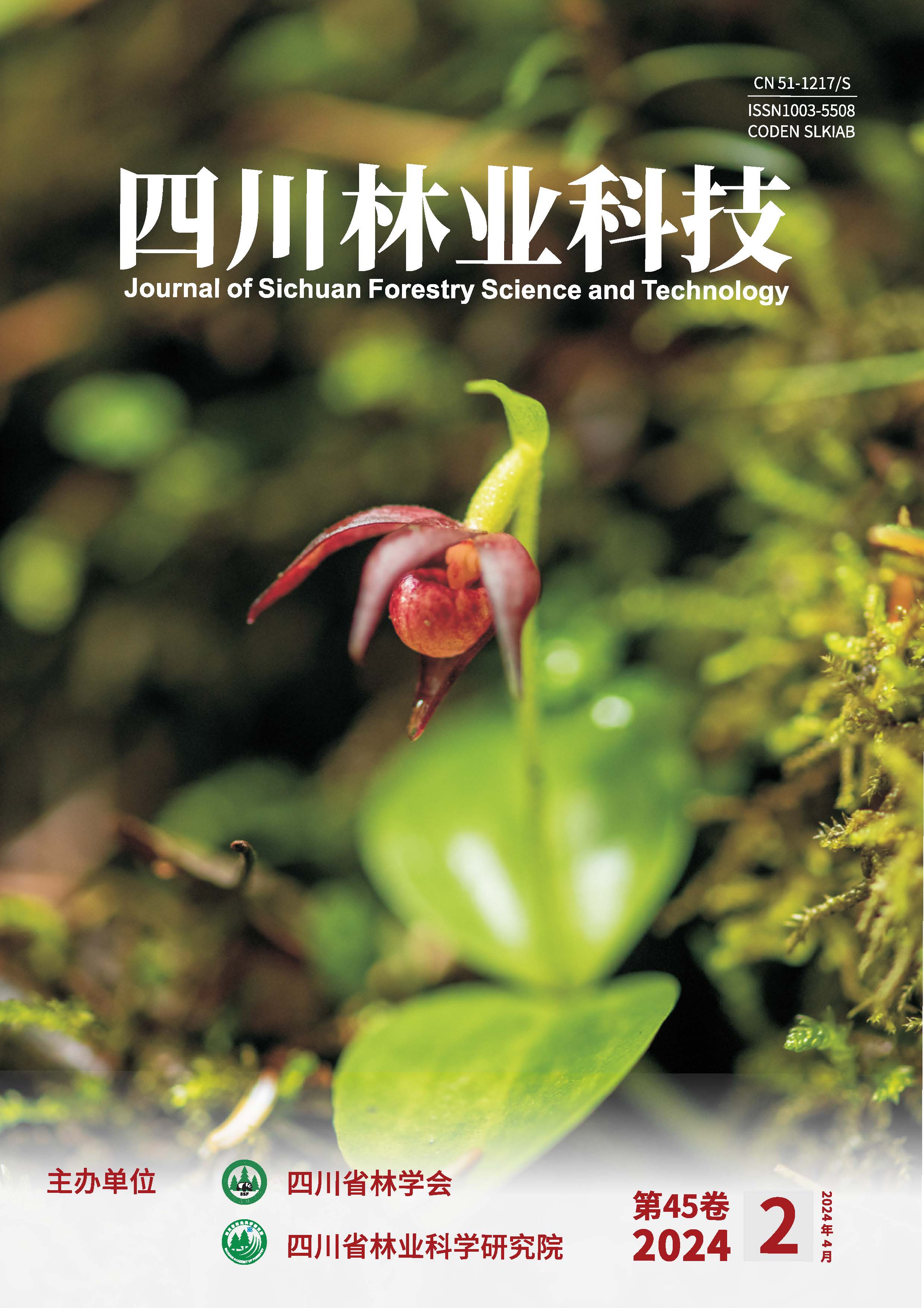
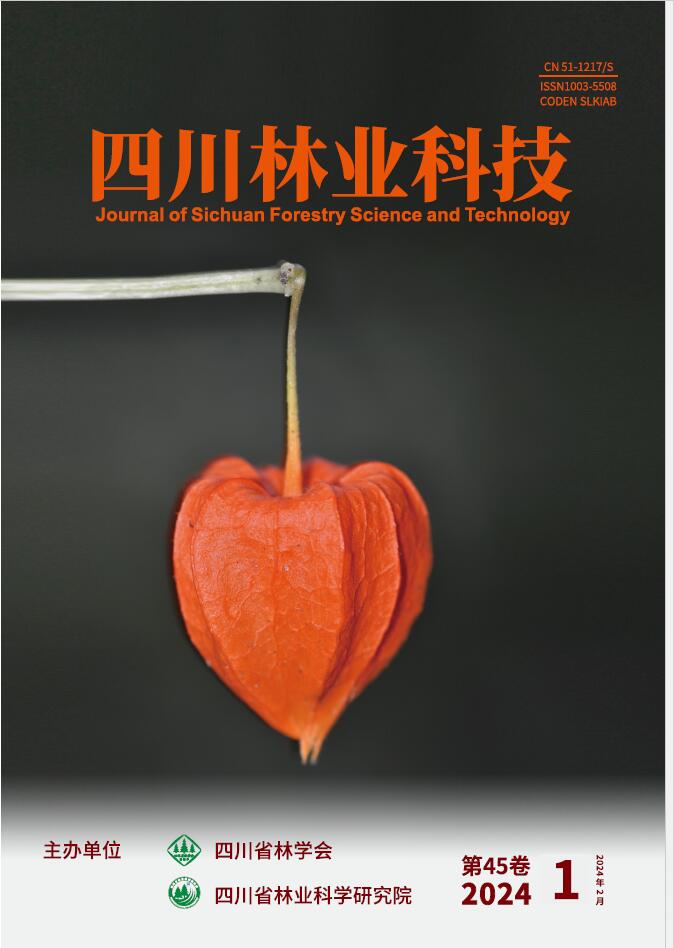
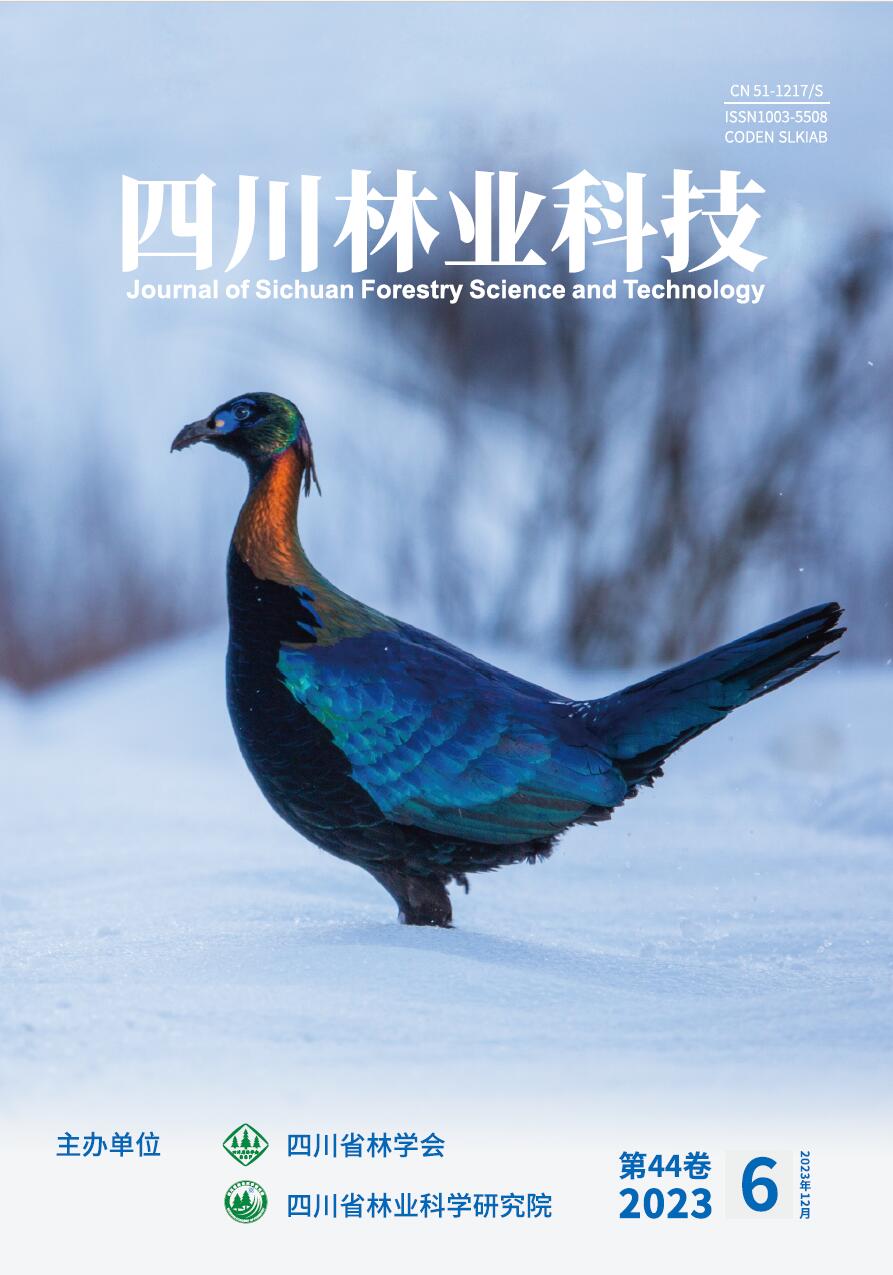
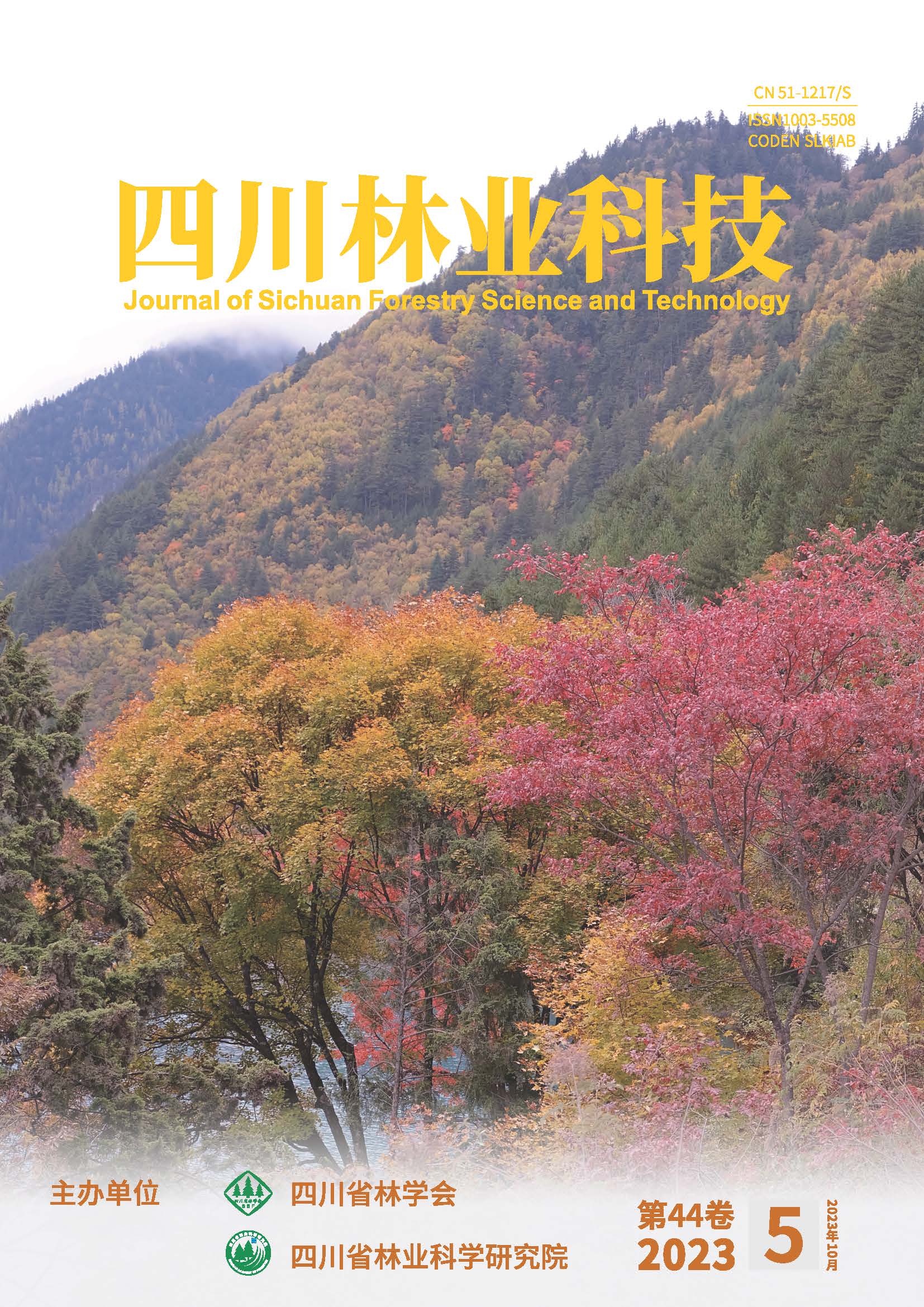
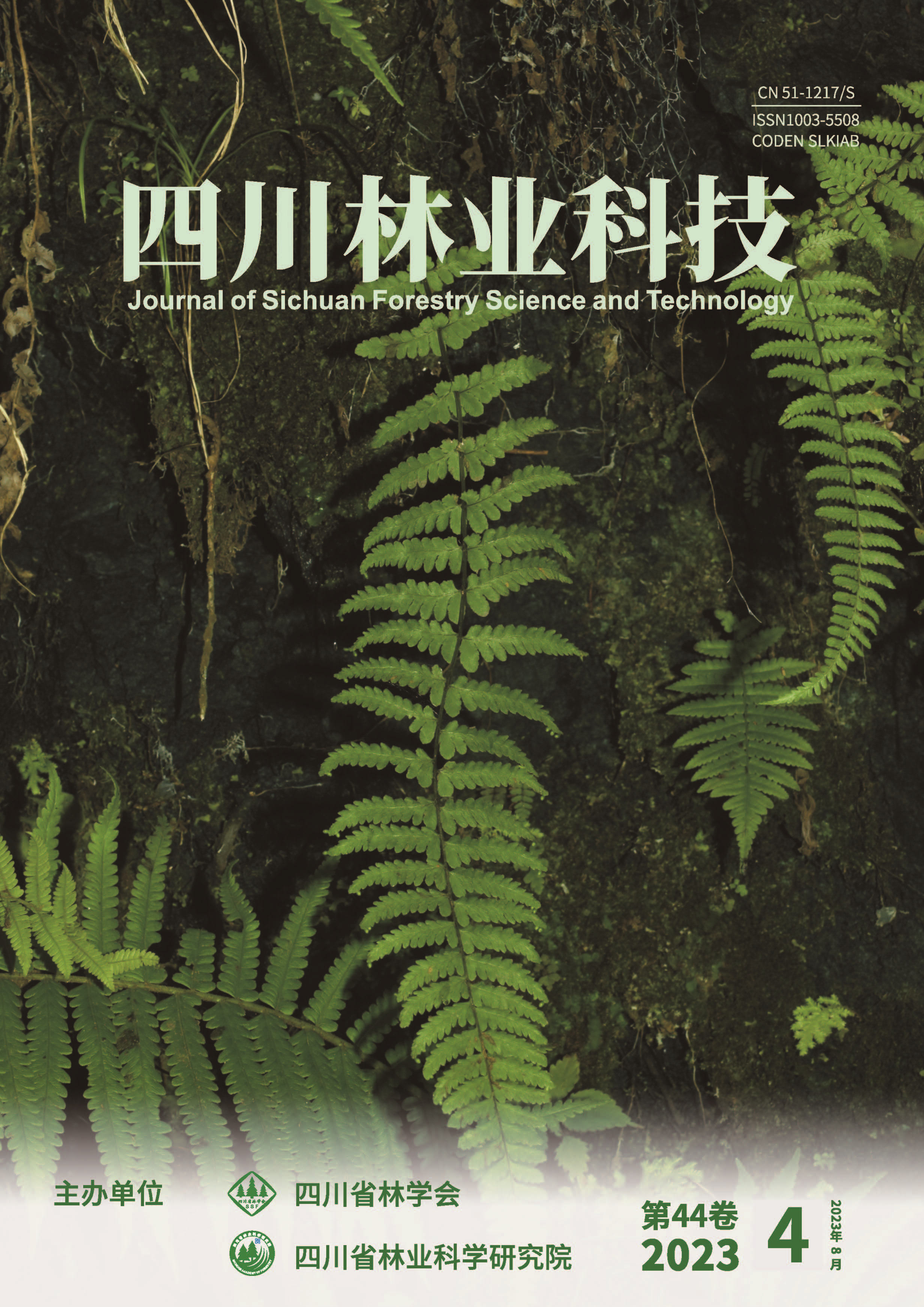
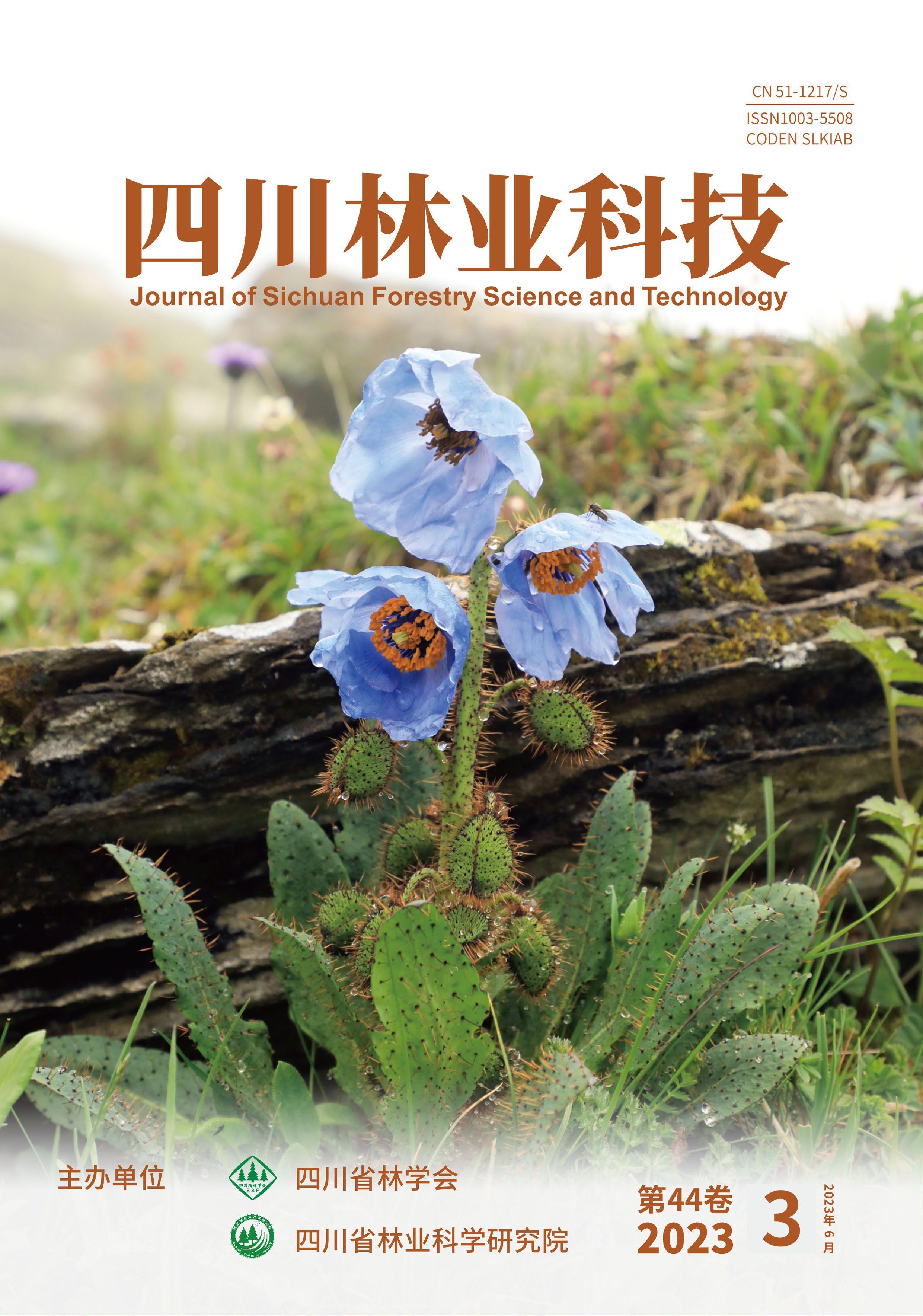
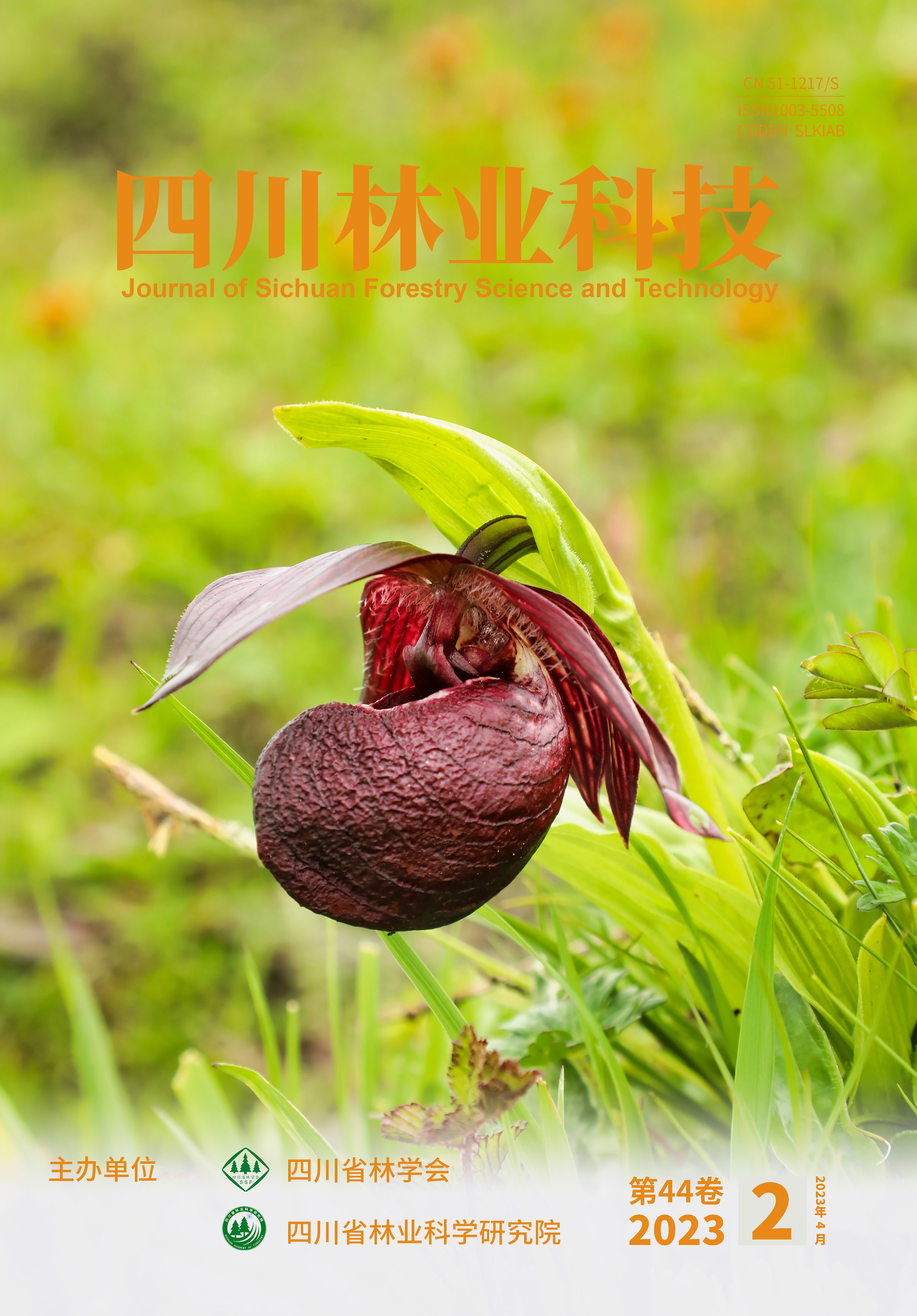
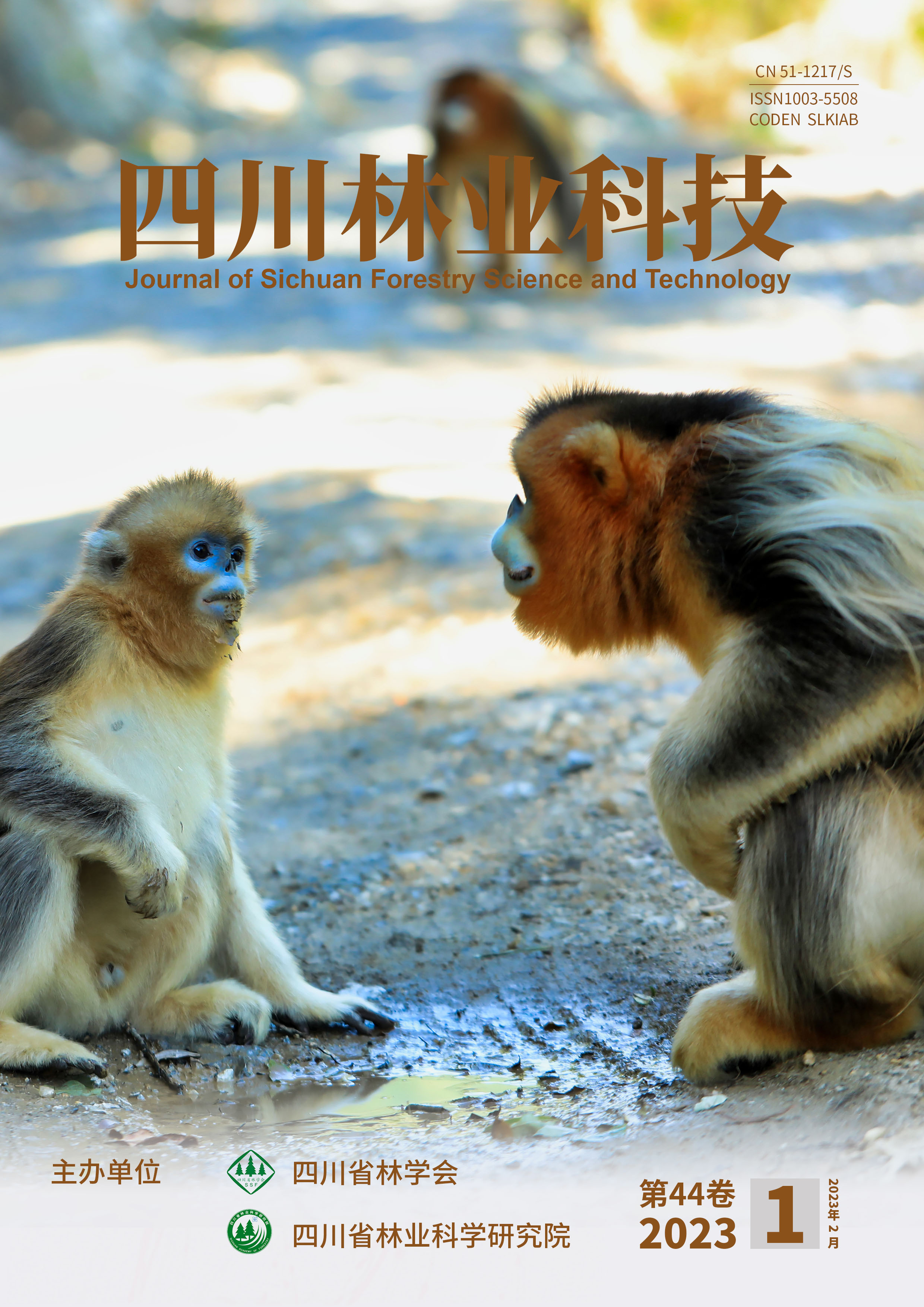


 DownLoad:
DownLoad: